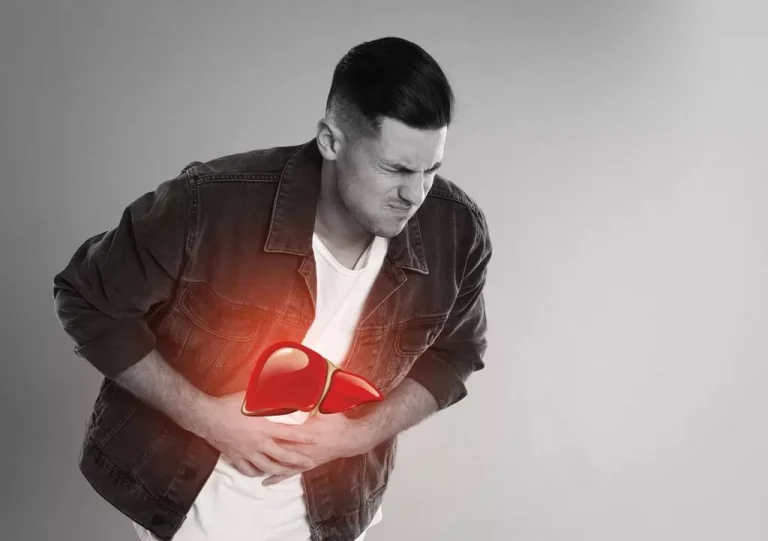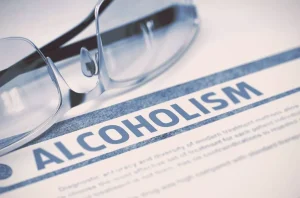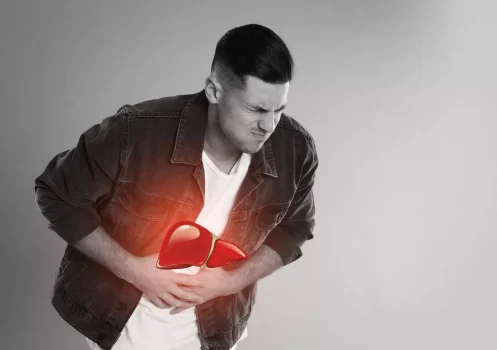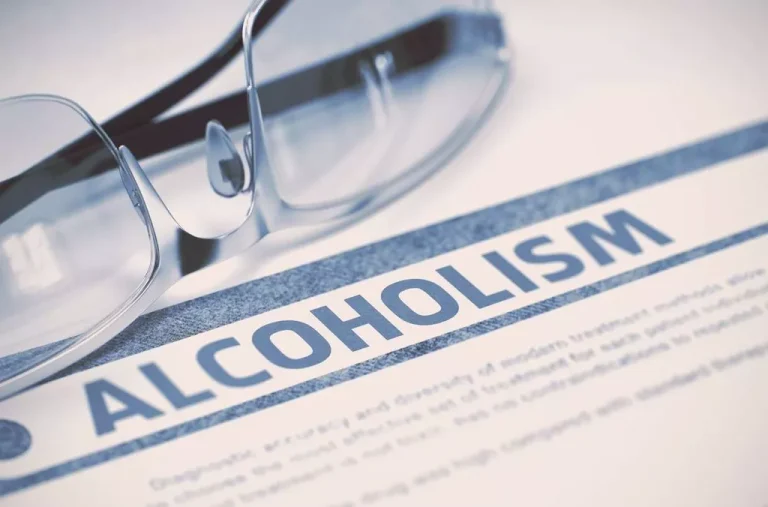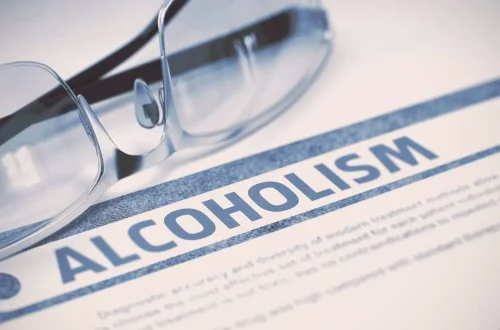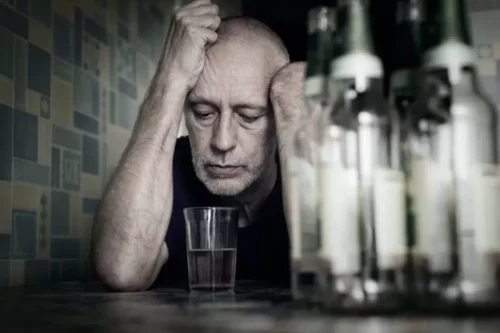Do Sober Living Homes Need to be Licensed in California?
2023-11-01
If you are looking to establish a sober living home in your local neighborhood and you’re not sure what steps need to be taken, you’ll probably need to know what steps to follow. However, we know implementing these steps is a major challenge in its own right. In this digital age, you must consider creating an online identity as one of the foremost requirements for a sober living home. Aspects that give you an edge over competitors can be used for your informed digital marketing efforts.
Some counties in California have implemented certification programs for sober households that apply for county grants. These requirements could include regular home inspections, front yard smoking bans and talking loud and vulgar, and a policy of promptly dealing with neighbor complaints. Non-compliance in California sober living homes can lead to significant repercussions, primarily enforced through local government measures. While these homes are not subject to state licensing, they must adhere to local zoning laws and municipal regulations.
How Are Sober Living Homes Accredited?
Failure to comply with these standards can result in fines and legal action. Municipalities impose penalties based on the severity of the violation, ranging from minor infractions like exceeding resident capacity to more serious violations such as ignoring safety standards. In the early stages of recovery, many individuals find it helpful to live in a sober living homes environment. You can take advantage of these services to help those who have been struggling with addiction to be able to live a fulfilling and once-in-a-lifetime lifestyle again.
- It is a great way to continue to offer care for your loved one as they work toward a sober life.
- These residences offer a supportive and structured environment that promotes sobriety and personal growth.
- As their popularity grows, understanding the rules governing these homes becomes increasingly important.
- In some cases, you may be able to call local state agencies and find out if the sober living home you are considering is current on their licensing regulations.
Licensed Clinical Social Worker
California is a great state to open an addiction treatment center, and an even better state to open a sober living home. Out-of-state LCSWs can earn their California social work license through reciprocity. LCSWs have completed their supervised training and passed the national clinical-level examination needed for full licensure. They can work independently in private practice or other employment settings and bill clients directly. There is much to be discussed regarding how the purpose of this residency program may be carried out; there are many things that need to be considered, including funding. Having none of the above facilities does not equal an organization with the right to obtain a license that allows them to serve residents.
Unlocking California’s Sober Living Rules: A Guide with Holt Law
As sober living homes have become more popular, some regulatory bodies are developing membership and accreditation of these facilities. This ensures that the sober living home meets a certain code of ethics, as well as health standards. Learn about the benefits of sober living homes for those recovering from drug or alcohol addiction.
- The bill would also prohibit any former owner of an addiction treatment center who lost their licenses from opening homes to live sober.
- The total cost can range from tens to hundreds of thousands of dollars, depending on the project’s magnitude.
- Once this proverbial door opened his old friend and colleague reached out to him about an open Support Staff position at Crownview Psychiatric Disorders Institute.
- He is a freelance medical writer specializing in creating content to improve public awareness of health topics.
- These homes offer a safe, structured, and supportive environment to help residents maintain sobriety and rebuild their lives.
They are classified as group homes, which exempts them from state licensing under the California Health and Safety Code. This classification allows them to operate without the oversight applied to facilities sober house offering clinical care. However, they must comply with local zoning laws and ordinances, which vary significantly between municipalities, often dictating the number of residents allowed, parking requirements, and other operational aspects. When selecting from sober living homes, its is highly recommended to choose one with all the accreditation and licensing to drug and alcohol addiction treatment facility legally.
The Benefits of Sober Living Homes
Policies and procedures are guidelines and rules that maintain a conducive environment for recovering individuals in your facility. The policies of a safe living home commonly include zero tolerance for substance use, drug testing, household chores, and guest policies. Explore the balance of rules, compliance, and resident rights in California sober living homes, ensuring a supportive recovery environment. Sober Living Network, for example, has been accrediting homes in Southern California for more than 20 years. According to the DHCS, “If a sober living facility provides only one of these services, it must be classified as a residential program and must obtain a valid license from DHCS.
- However, a bill seeking to license such homes in California has been in the pipeline since 2019.
- Failure to comply with these standards can result in fines and legal action.
- Aaron has been 10 years clean and sober, and he recently graduated with his degree in Business Administration.
- Licensed clinical social workers (LCSWs) in California need a master of social work earned at a school accredited by the Council for Social Work Education.
Sober living housing plays a critical role in helping individuals transition from treatment to independent living. For those seeking a structured and supportive environment to continue their recovery journey, sober living homes in California offer a valuable resource. Understanding what to expect, including the rules, regulations, and drug testing policies, can help individuals make informed decisions about their recovery path. If you or a loved one is considering sober living, reach out to us, and we can help you find the perfect sober living in your area. When selecting a sober home for your loved one, it is important to take a moment to make sure they have the proper accreditation and licenses needed to legally run a drug and alcohol addiction treatment facility. The city of Encinitas watched, and waited, for five years as the city of Costa Mesa waged a fierce and costly legal battle to regulate sober homes.
Steps to Establish a Sober Living Home in California
These rights ensure individuals are treated with respect and have access to a supportive community. Residents have the right to live in an environment free from alcohol and drugs, foundational to their recovery journey, allowing them to focus on rebuilding their lives without the influence of substances. Despite the lack of state licensing, sober living homes must adhere to the California Department of Alcohol and Drug Programs’ guidelines, which emphasize maintaining a safe and supportive environment. These guidelines include ensuring homes are free from alcohol and drugs, promoting peer support, and fostering a sense of community. Compliance with these standards is crucial for maintaining the integrity and effectiveness of the recovery environment. In California, sober living homes are not subject to the same licensing requirements as residential treatment facilities because they do not provide medical or therapeutic services.
Additionally, the state provides general guidelines and regulations regarding the operations. In addition, deciding your charges for residential services is also essential to judge the profitability of your residential services. Our all-in-one app for sober living management takes care of all the little details of running your business — from rental apps, to property management, to bed management — and lets you focus on the big picture. On the positive side, the state has a high number of folks in recovery and a very low level of regulation for sober living homes (more on that later), making it an ideal home for your sober living organization. Renewal requires 36 continuing education (CE) hours, including six hours of ethics.
Otherwise, the objective of reintegrating them into a healthy lifestyle will run the risk of being compromised. We offer you real estate-related services with specialized expertise in Real Estate transactions, ensuring you are strategically located. In some cases, you may be able to call local state agencies and find out if the sober living home you are considering is current on their licensing regulations.
If your bachelor’s is not in social work, you’ll spend two years completing a master’s degree. If you obtain a bachelor of social work, you may qualify for a one-year advanced standing MSW. After graduation, you can log at least two more years gaining the required 3,000 hours of supervised training. California social workers earn salaries that rank among the highest nationwide.



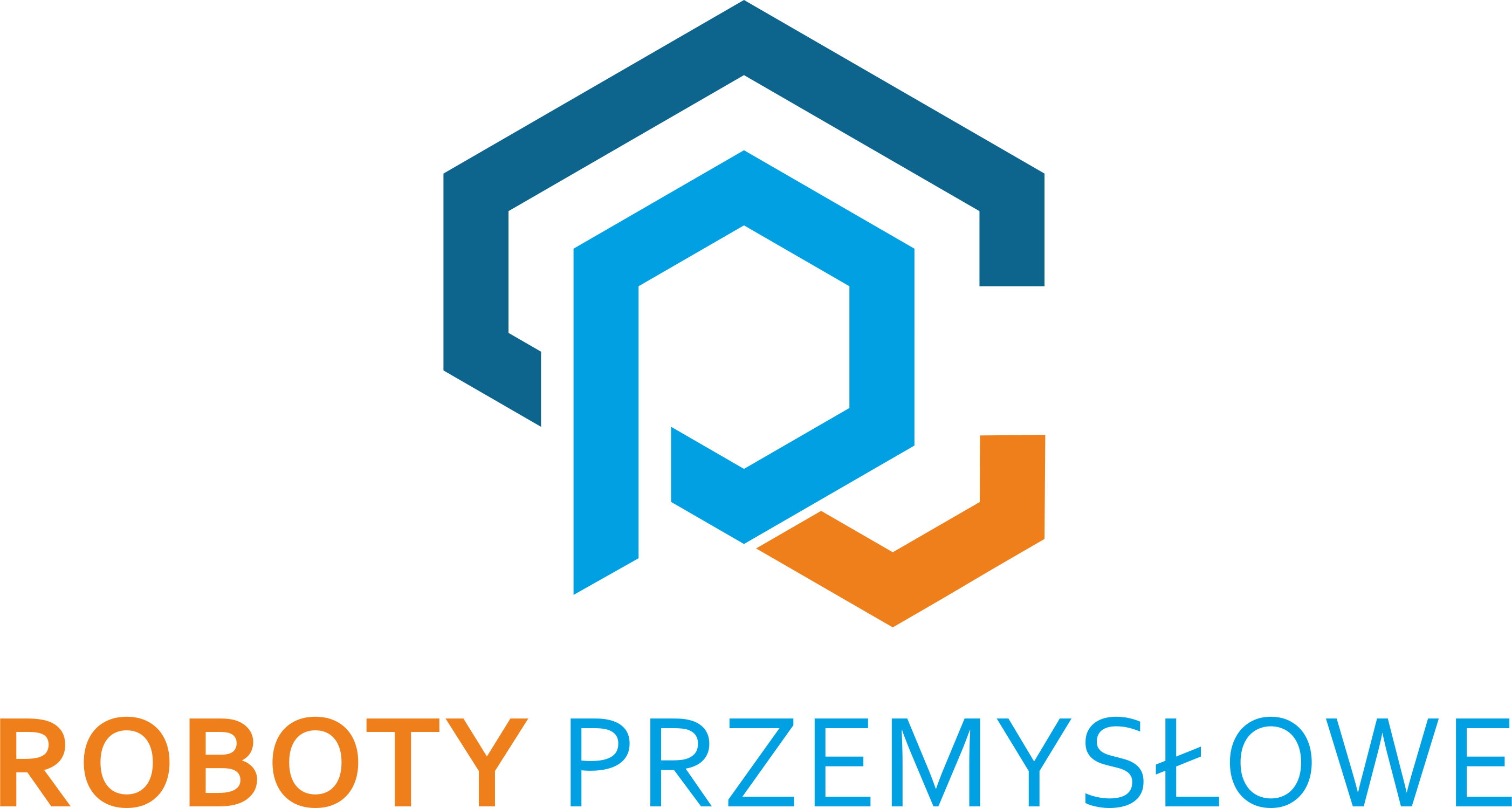
.jpg)
.jpg)
.jpg)
.jpg)
.jpg)
